Exhibitions2024The Conspiracy of Blindness

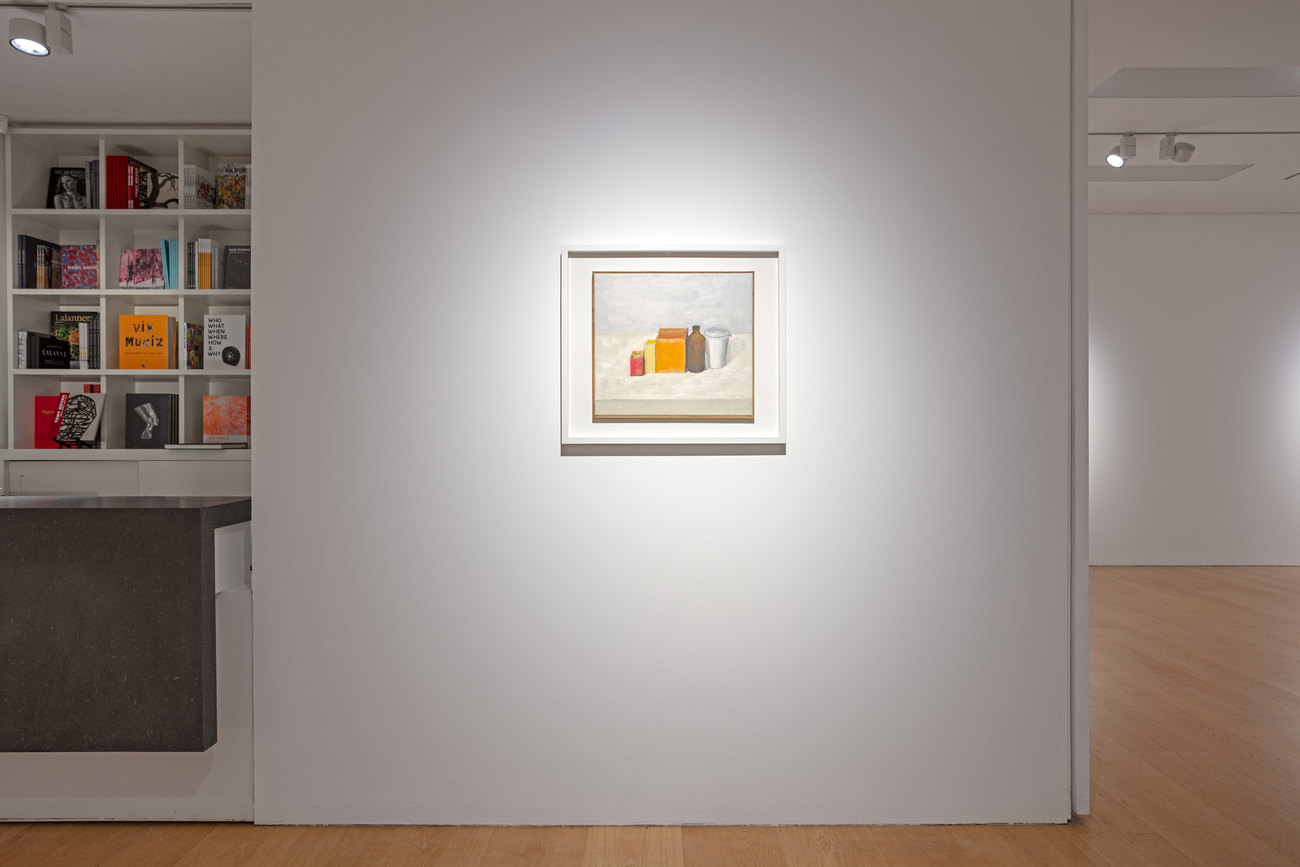
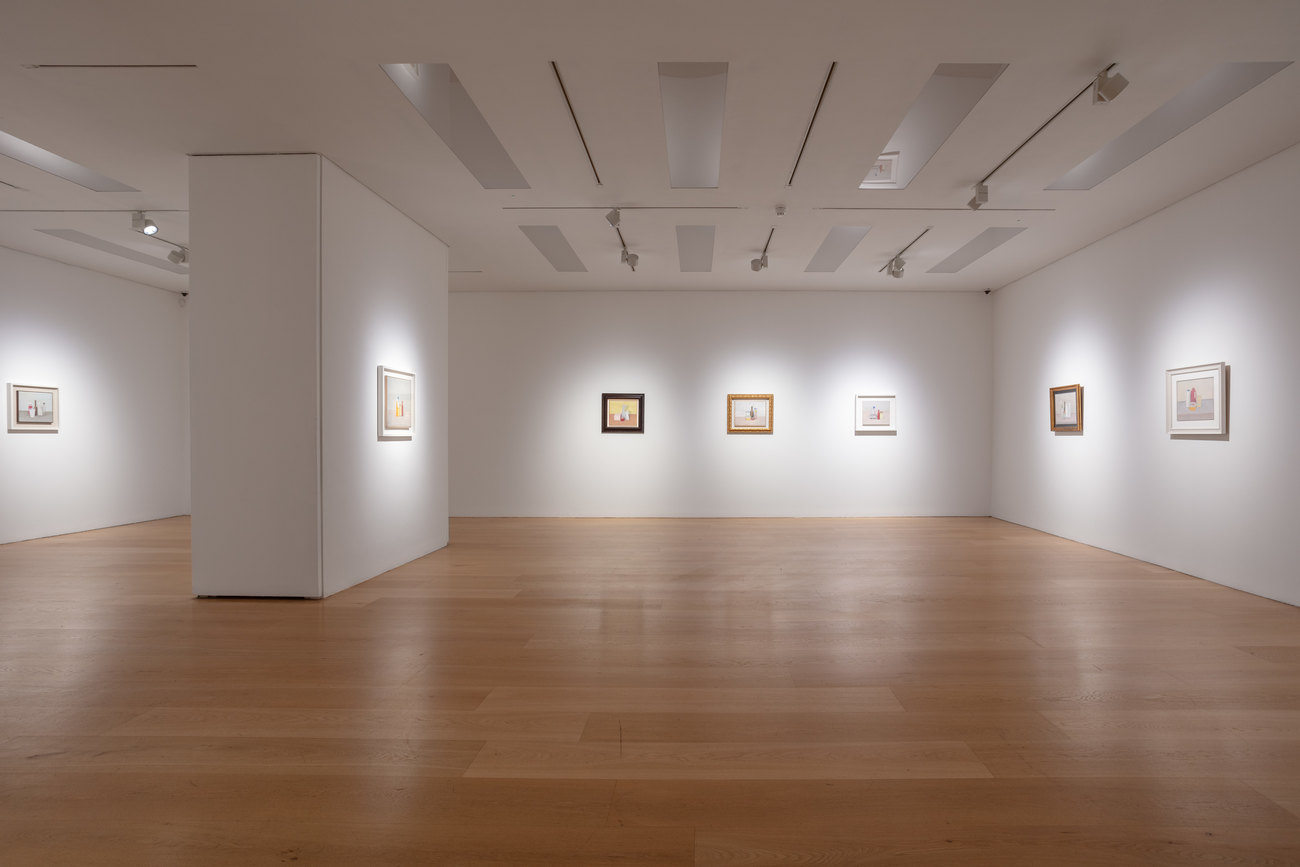
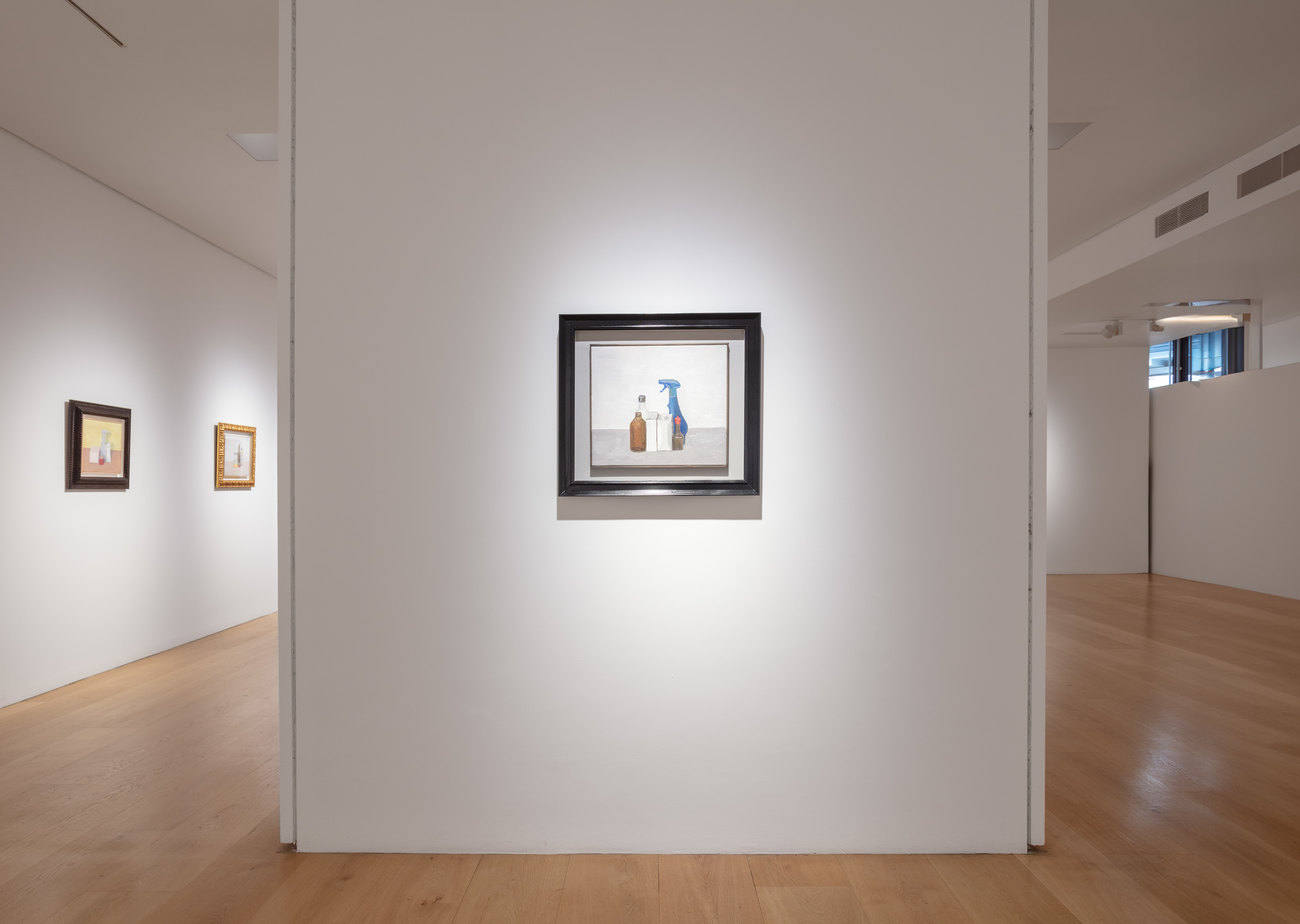
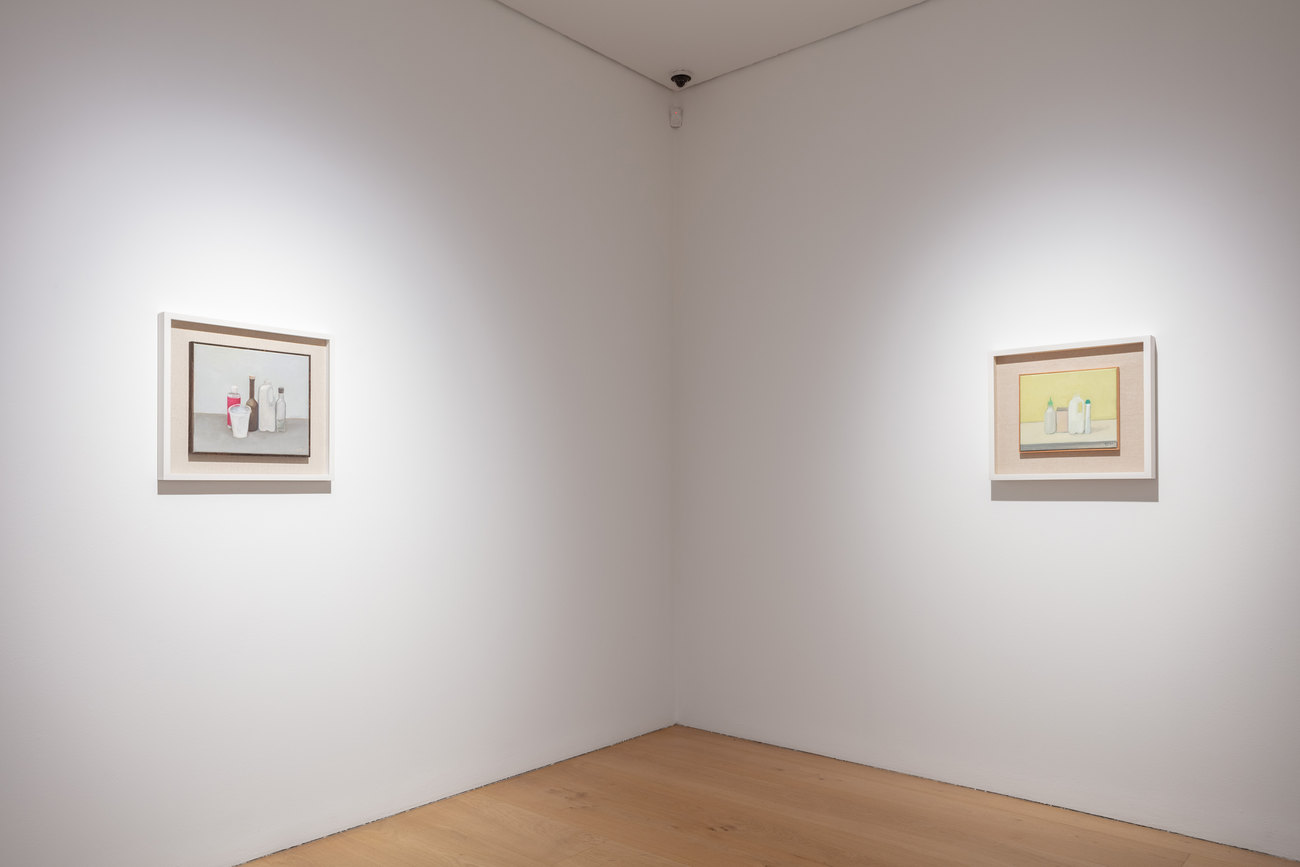
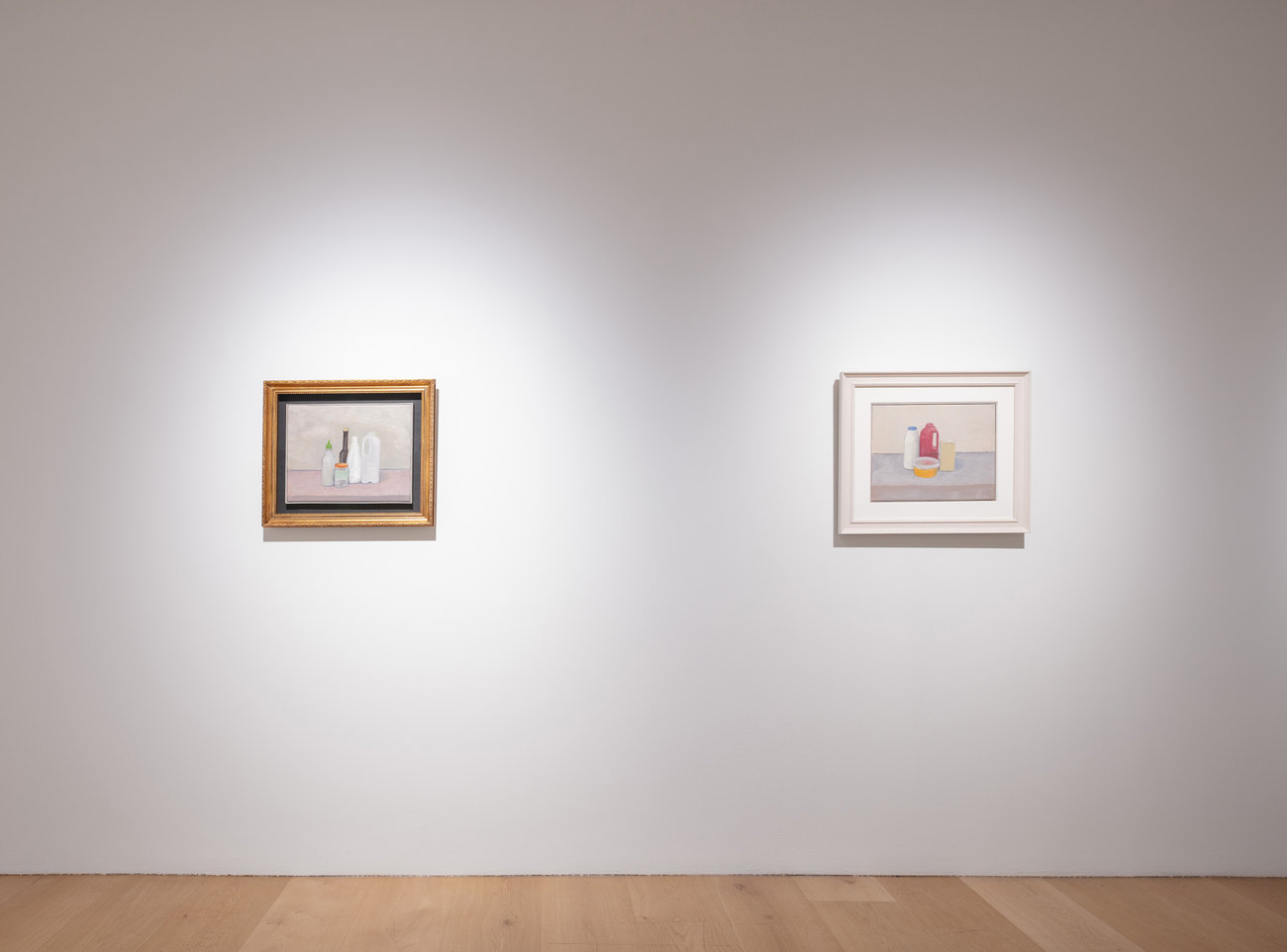
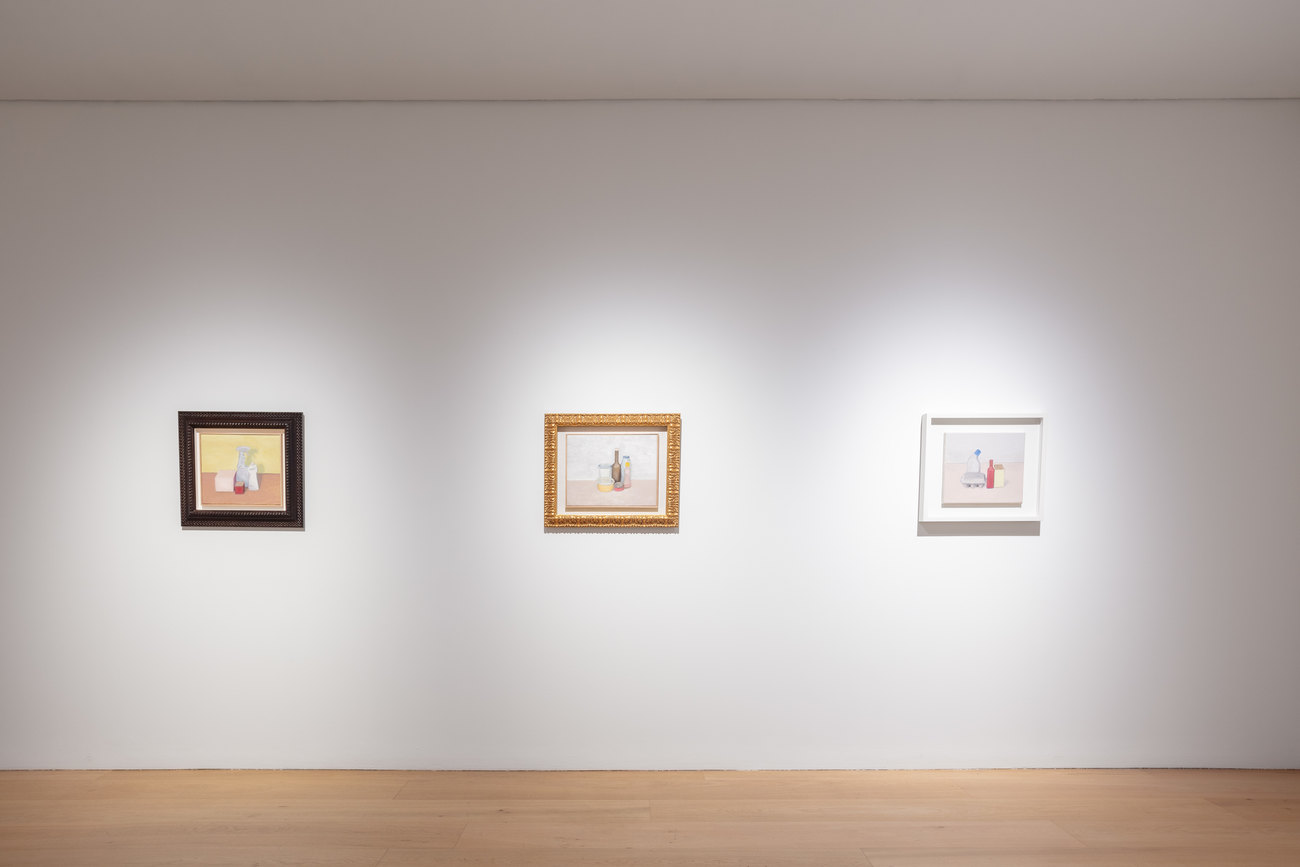
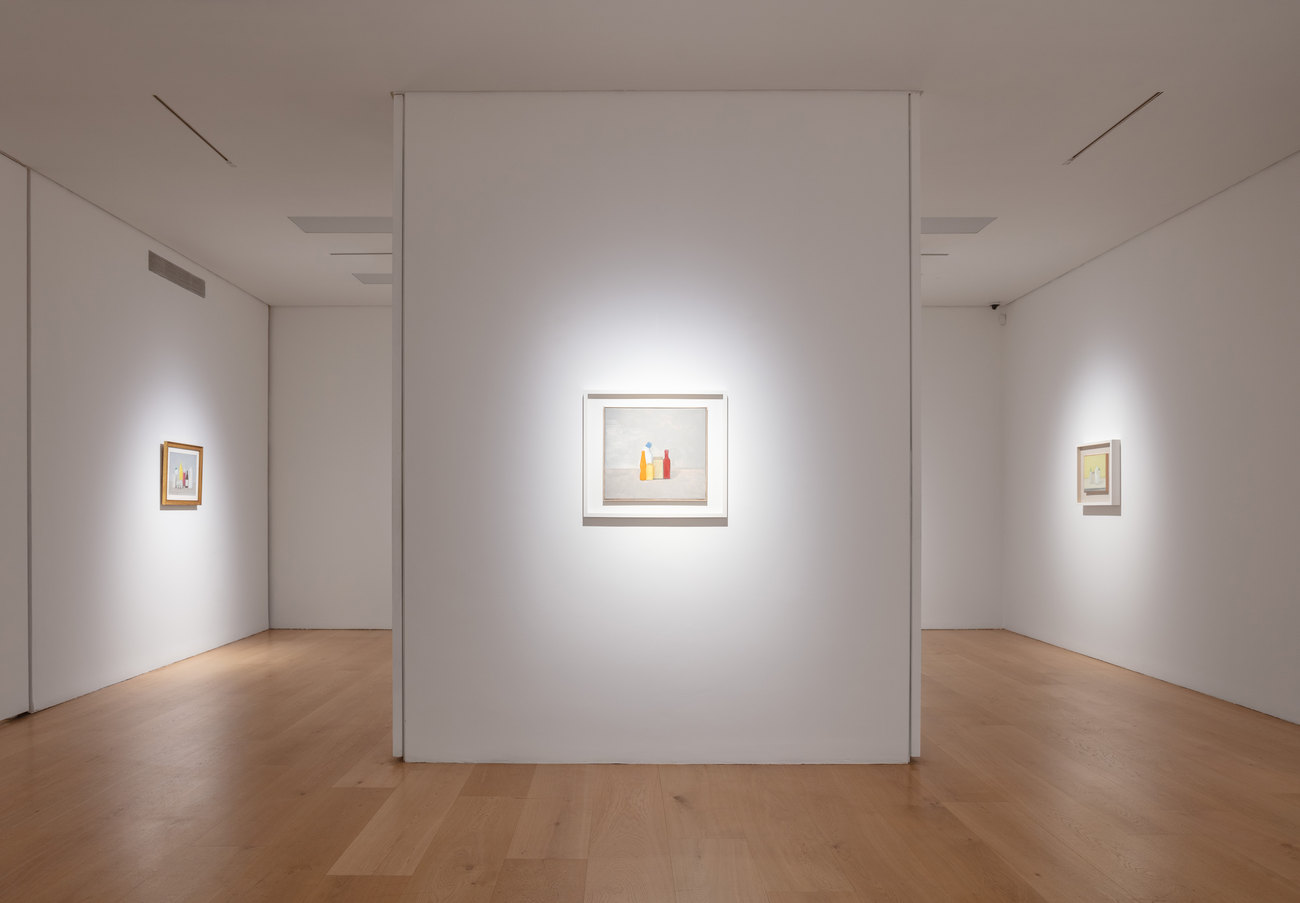

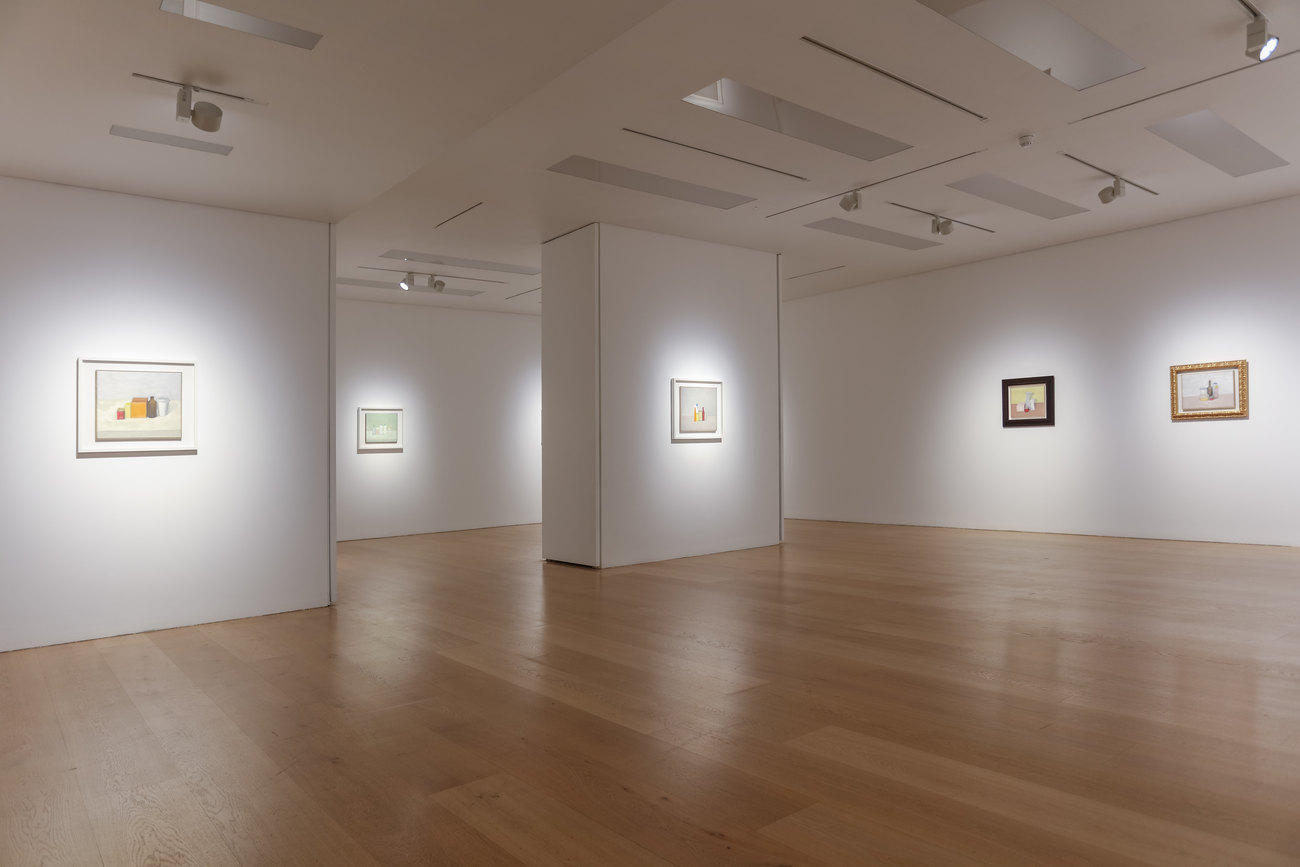

The Conspiracy of Blindness
15 Mar - 10 May 24
Ben Brown Fine Arts
The exhibition will reveal a recent series of still-life paintings that pay homage to early 20th century Italian artist Giorgio Morandi. In typical Turk style he has subverted Morandi’s serene arrangements of vases and handmade vessels, by replacing the models with quotidian product packaging.
Looking at the precious and overlooked nature of product packaging, I have become a domestic anthropologist, attempting to uncover the conspiracy of blindness imposed by ideological perspectives. - Gavin Turk
The paintings in this anachronistic series are meticulously executed in a restricted tonal palette against a monochrome ground, some of the objects are highlighted in accents of colour, inviting a close study of rhythmically arranged lines and forms. The audience is encouraged to explore this curious juxtaposition, as empty containers from used products are elevated to classical models, while simultaneously reminding us of our consumer driven culture.
Turk began this project by preserving and cataloguing used disposable packaging, in what the artist refers to as ‘an exercise in self-portraiture’. The artwork titles list the products depicted in each composition, Turk offers a glimpse into his consumption habits, prompting reflection on the significance of these mundane artifacts as traces of human presence over time. As Turk aptly states, "We are what we throw away." Each work is set within a bespoke frame, suggesting a distinctive historical journey for each piece, culminating in their convergence for this exhibition.
Through this exploration, the viewers are challenged to reconsider the implications of their daily consumer choices and draw awareness to the nostalgia and branding of consumer products. Turk is renowned for transforming banal, overlooked objects – refuse bags, apple cores, matchboxes, Styrofoam cups, shipping containers, candle – into intricately constructed works of fine art, whether through his hand-painted bronzes or masterful canvas paintings, overthrowing art historical conventions, disrupting the canon, questioning authorship, and imploring critique of human behaviour and our relationship to relics of our time. This ingenious new body of work is at once tongue-in-cheek, visually, and technically compelling, familiarly nostalgic, and provokes imperative reflection.